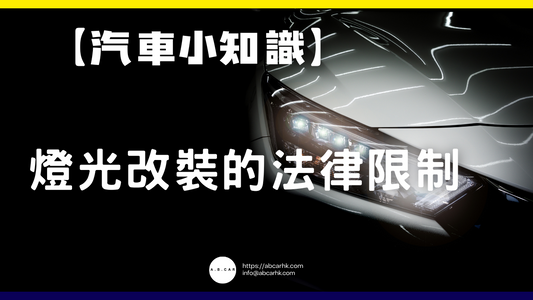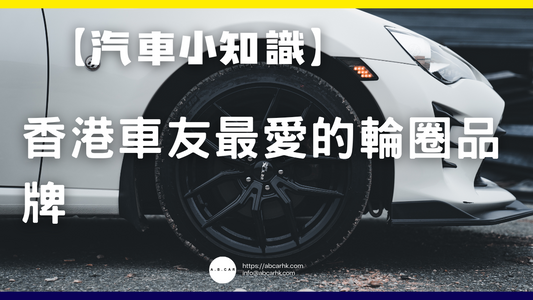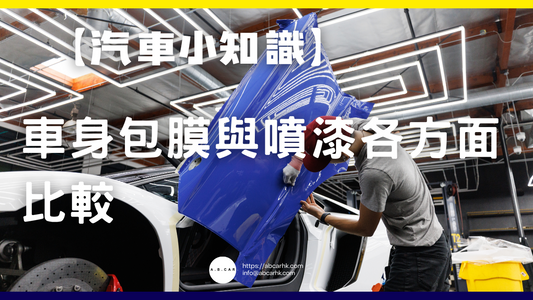[Lecture] Exploring the New Trends of Livestreaming and Short Video Marketing | Editor: Ma Wensheng

📺🔥 Livestreaming + Short Video Marketing: A Breakdown of the New Business Trend
1️⃣ Global Trends
In recent years, a new landscape has emerged in the global retail e-commerce market, with live streaming and short video marketing becoming almost the core of new retail.
Mainland China: Livestreaming has long been a trend. Top streamers like Li Jiaqi and Viya can generate billions of RMB in sales in a single night. Singles' Day (Singles' Day) has essentially become a major livestream e-commerce battleground. 🛍️
European and American markets: TikTok, Instagram, and YouTube have all added live shopping features, integrating social platforms with e-commerce. Consumers no longer just watch videos, but can buy while watching.
Southeast Asian market: Shopee Live and Lazada Live promote new types of consumption through local influencers.
Editor's summary: The international trend is very clear. Live broadcast + short video is no longer an experiment, but the mainstream. 🚀
2️⃣ Current situation in Hong Kong
Although Hong Kong started relatively slowly, its market potential is actually huge.
Facebook/IG Live sales: Many small businesses, boutiques, and handmade brands use live streaming to introduce their products, often offering on-the-spot discounts to attract viewers to place orders.
Douyin/TikTok short videos: Young people in Hong Kong are increasingly accustomed to discovering new products through short videos, and many brands have begun to invest resources in TikTok marketing.
Local influencer economy: KOLs and micro-influencers have become key partners for brand promotions. Due to the small size of the Hong Kong market, micro-influencers tend to have a more down-to-earth influence.
Cross-border e-commerce: Hong Kong sellers use live streaming to reach mainland and overseas consumers, particularly in the beauty, health, and snack sectors, which are experiencing strong demand.
Editor's observation: Hong Kong people prefer "fast, cheap, and fair" services, and live streaming and short videos perfectly meet this consumer psychology - instant interaction, instant discounts, and instant ordering. ⏰💸
3️⃣ Business model deconstruction
🎥 Livestreaming
The anchor + platform + merchant are three-party cooperation, the anchor provides influence and sales skills, the platform provides payment and logistics, and the merchant provides goods and discounts.
Income sources include commissions from product sales, fees paid by merchants for bringing products, and gifts from viewers. 🎁
📹 Short video marketing
The core is "traffic-driven". The short film attracts the audience in the form of entertainment, humor, knowledge, etc., and then inserts product placement or direct links to purchase.
There are two advertising models: brands directly place advertisements (such as in-feed ads), or collaborate with KOLs to produce soft content.
Algorithms are TikTok’s biggest weapon. They automatically push popular short videos to help products go viral.
4️⃣ Why is it so popular?
Instant interaction: viewers can ask questions instantly and the host will answer them immediately, which enhances the sense of trust. 💬
Realism: Compared with traditional advertising, live broadcasts show products in a more down-to-earth way.
Entertainment: The short videos and live broadcasts not only sell items, but also feature raffles, games, and funny elements to keep viewers entertained. 🎮
FOMO effect: Limited-time offers and flash sales stimulate immediate purchases, refusing to miss out.
5️⃣ Challenge
Challenges of live streaming sales: trust issues (hosts often exaggerate, but the actual product is not the same), risk of counterfeit goods (especially brand names and cosmetics), and insufficient supervision (Hong Kong has no formal regulations yet).
Challenges of short video marketing: information explosion and limited audience attention; advertising fatigue, with hard advertising becoming increasingly difficult to accept; and high creative pressure to constantly come up with new ideas.
6️⃣ Opportunities
Brand rejuvenation: Short videos help traditional brands reach Generation Z. 👩💻
Cross-border expansion: Hong Kong merchants can reach overseas markets through TikTok Shop and Shopee Live.
Data-driven marketing: Platform algorithms help brands accurately reach their target customers.
Localized content: Using Cantonese and Hong Kong cultural elements makes it easier to get closer to consumers. 🇭🇰
7️⃣ Editor’s Summary📝
Livestreaming and short video marketing are no longer just promotional tools; they are a new consumer ecosystem. Hong Kong businesses seeking to capitalize on this trend must:
- Dare to try new platforms, such as TikTok, YouTube Shorts, and IG Reels
- Leverage local KOLs to create a sense of authenticity
- Use data analysis to optimize content, don't shoot at random
- Build trust and avoid err-likes or fake offers
I think that in the future, Hong Kong will not only have more "local livestream KOLs," but also "short video e-commerce experts" who specialize in helping brands create hit videos, driving a new wave of the digital economy. 🌟📈
📋 Livestreaming vs. Short Video Marketing Comparison Chart
| project | 🎥 Livestreaming | 📹 Short video marketing |
|---|---|---|
| Interactivity | Instant interaction, viewers can ask questions immediately, and the host will reply immediately, which feels very down to earth 💬 | Generally, it is a one-way communication. Although there are messages, the interaction is not immediate. |
| Realism | The host demonstrates the product effect on the spot, which makes the audience feel more credible✅ | Short films can be post-produced, which can easily lead to criticism of being "too idealistic" |
| Entertainment | Usually includes lucky draws, games, limited-time offers, high entertainment 🎮 | The short film is creative, funny and trendy, and is also highly entertaining. |
| conversion efficiency | See and buy now, fast transaction⏰ | Most of them are "planting grass" functions, and viewers may not immediately buy them. |
| cost | It requires venue, lighting, and anchor, so the cost is relatively high💡 | The cost of shooting a short video is low and it can be reused |
| Coverage | Limited by the influence of anchors and the traffic of the same platform | With the help of algorithm push, short videos have the potential to go viral and reach a wider audience. |
| Trust risk | The anchor's exaggeration or counterfeit issues will affect their credibility⚠️ | Ad fatigue or "hard advertising" content can make viewers resentful. |
| Suitable products | Cosmetics, clothing, food, daily necessities, especially products that require on-site demonstrations🛍️ | Life tips, trendy products, brand image promotion, suitable for products that need to be "planted" |
| Audience | Most of them are instant online viewers, with a wide age range. | More towards young people, especially Generation Z and Millennials👩💻 |
| Long-term value | Stronger sales conversion power, but dependent on the anchor's personal brand | Stronger brand exposure over the long term, but requires continuous creative investment |
📝 Editor's Summary
If you are a business:
- Want to see sales immediately → Suitable for live streaming
- Want to build long-term brand influence → Suitable for investing in short video marketing
The best strategy is actually a combination of the two : using short videos to "plant grass" to attract traffic, and then using live broadcasts to "harvest" conversions and transactions, so that you can maximize the benefits. 🌱➡️💰



